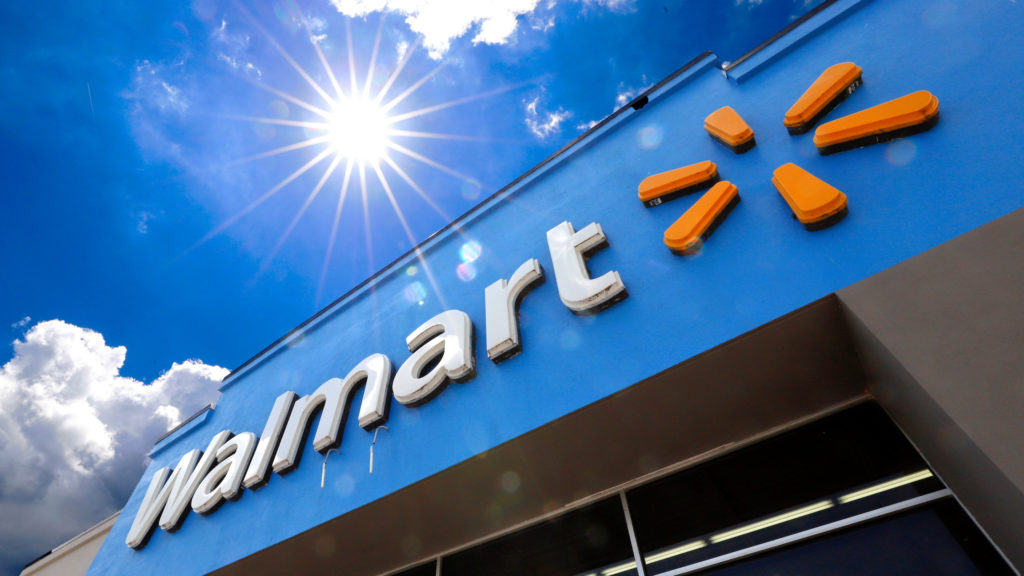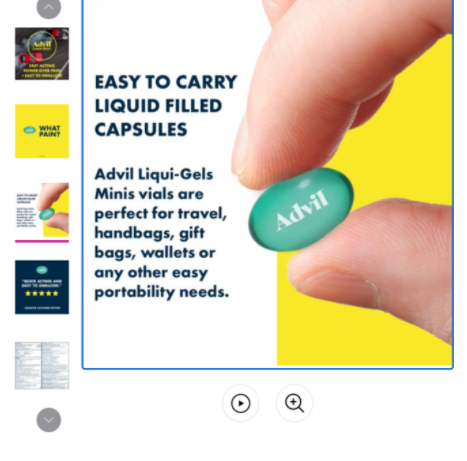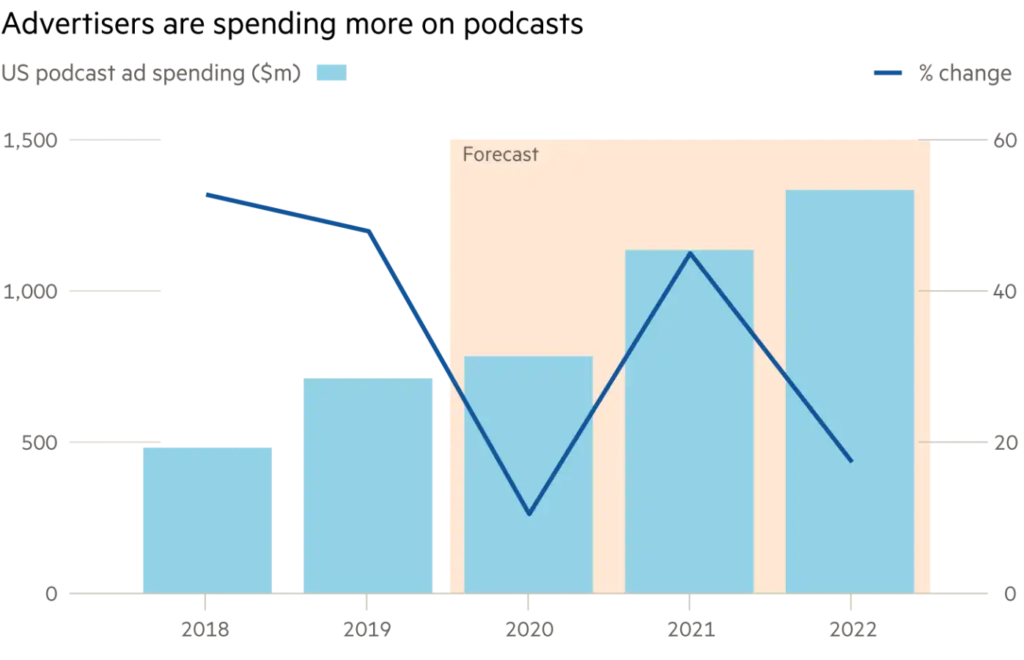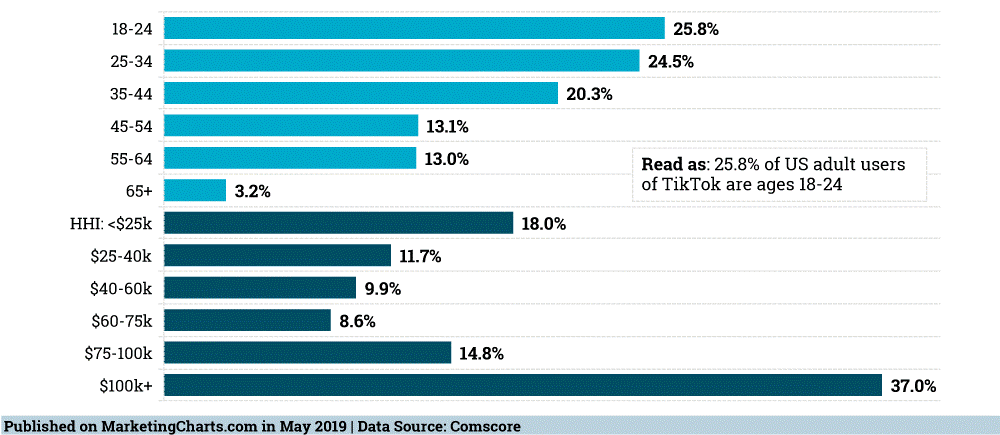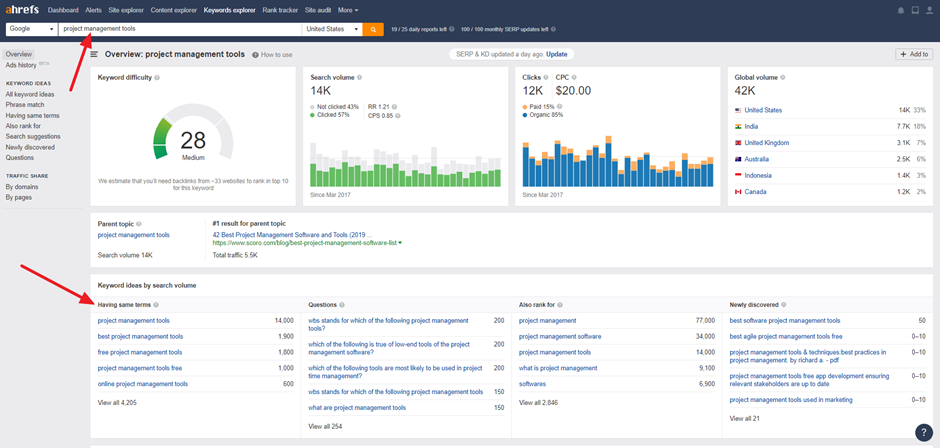What made Walmart one of the top companies in 2020? One reason is the company finally released Walmart ads for marketers. The business mission Walmart always conveys in its marketing campaigns is “save people money so they can live better,” and that’s exactly what they’re able to do.
The business was created to sell household items at discounted prices. As of this year, nearly 265 million customers and members visit the 11,500 stores within the 56 banners, in 27 countries, and on eCommerce websites. The company has totaled $524 billion in revenue as of the 2020 fiscal year.
Walmart drives a large portion of the U.S. economy. Not only do they sell millions of products a year and for enormous profit, they also employ over 2.2 million associates worldwide. The company is known as a leader in sustainability, corporate philanthropy, and employment opportunities. Recently they became the largest corporation to enforce all employees and customers wear masks when working or shopping in their stores.
With their huge success everywhere else, it makes sense for Walmart to expand into advertising. To understand how Walmart is entering a new industry competitively, and why marketers should consider their approach in future strategies, we’ll look deeper into their most recent release.
Let’s Shift to Walmart Ads

Advertising is a bustling business, and now the biggest retailer in the US is joining the fray. Walmart believes that customers shop in the store as well as online, so the business looks to cater to that by hosting advertisements for marketers.
Inspire the browsing customer: Today, shoppers tend to research before they begin purchasing products. 35% of Walmart’s in-store customers browse online before entering the store. Catching these shoppers first with advertisements on the site allows the company to influence their final purchase in the store.
Reach customers while replenishing supplies: When shopping at Walmart, shoppers are most likely there to restock on household necessities. We can assume they are already loyal to the store, so another persuasive ad only builds up the expected conversion rate.
Watch in-store and online sales results: Most sales in Walmart occur in the stores, but it’s the online presence that allows for their large sales volume. Walmart can measure the effect of each digital campaign accurately, and examine the results from each shopper.
They analyze shopping behaviors and predict future purchases: Based on past purchases, Walmart can show possible shopping behaviors that may occur in the future. Walmart is one of the only companies that can offer purchase-based targeting, a valuable advantage over their competitors.
Walmart also uses Pacvue, a third-party tool that manages Walmart ads, Instacart, and Amazon. With Pacvue, these are key features Walmart uses for their eCommerce advertisements.
- Customized dashboard views
- Campaign creation and optimization
- Automated standard reporting
- Programmatic campaign management
- Keyword research
- Budget management
- AI optimizations
- Paid and organic SOV tracking
- Event tracking
- Retail data integration
These features give campaign creators precise control over how their ads are tracked.
How do Walmart Ads Work?
Walmart ads appear on the first page of search results, category pages, and item pages that drive traffic to specific products. These ads are cost-per-click, so marketers only pay when a shopper clicks on the initial ad.
The ads show up in many areas, and they can be formatted in different ways like product carousels, product listing ads, and in-grid searches.
The following are a few of the ways that Walmart ads help marketers expose their brands.
- Boost product sales
- Increase share of wallet
- Uncover new customers
- Grow and protect current market share
- Maximize profitable SKUs
- Improve brand and product visibility
- Launch new products or brand extensions
- Present products to large audiences
Marketers are Offered Five Levels of Automations
To further the advertising process, marketers can use the following five features to automate their campaigns:
- Keyword Research and Harvesting: Creating ads is about expanding reach. This is achieved with additional, related keywords that have low competition.
- Campaign Tune-Up: This is an opportunity to receive suggestions about when to increase bids on the best-performing keywords. Examine the best-performing keywords that have high conversion rates, as well as bids to lower and/or keywords to pause.
- Bid Landscaping and Dayparting: Marketers can also narrow down outlier keywords that may be hurting their campaign, and place bid modifiers on high-performing pages. Use dayparting to keep campaigns running when other competitors aren’t able.
- Rule-Based Optimization: See the best practices at work without the need to micromanage. Marketers can increase or lower bids based on recent conversion rates, impressions, order volume, and other relevant attributes.
- A.I.-Powered Optimization: While a few campaigns might have high-traffic and competition, it may sometimes seem like changes are needed every day. With artificial intelligence, you can focus on campaign strategy.
Our Final Thoughts
Since Walmart is the largest retailer in the U.S. and a leader in several different avenues of retail, it’s a smart move to consider advertising campaigns on their platform. Let us know what you think about the idea of Walmart ads, and if you’ve incorporated any of your own business strategies with their help.

